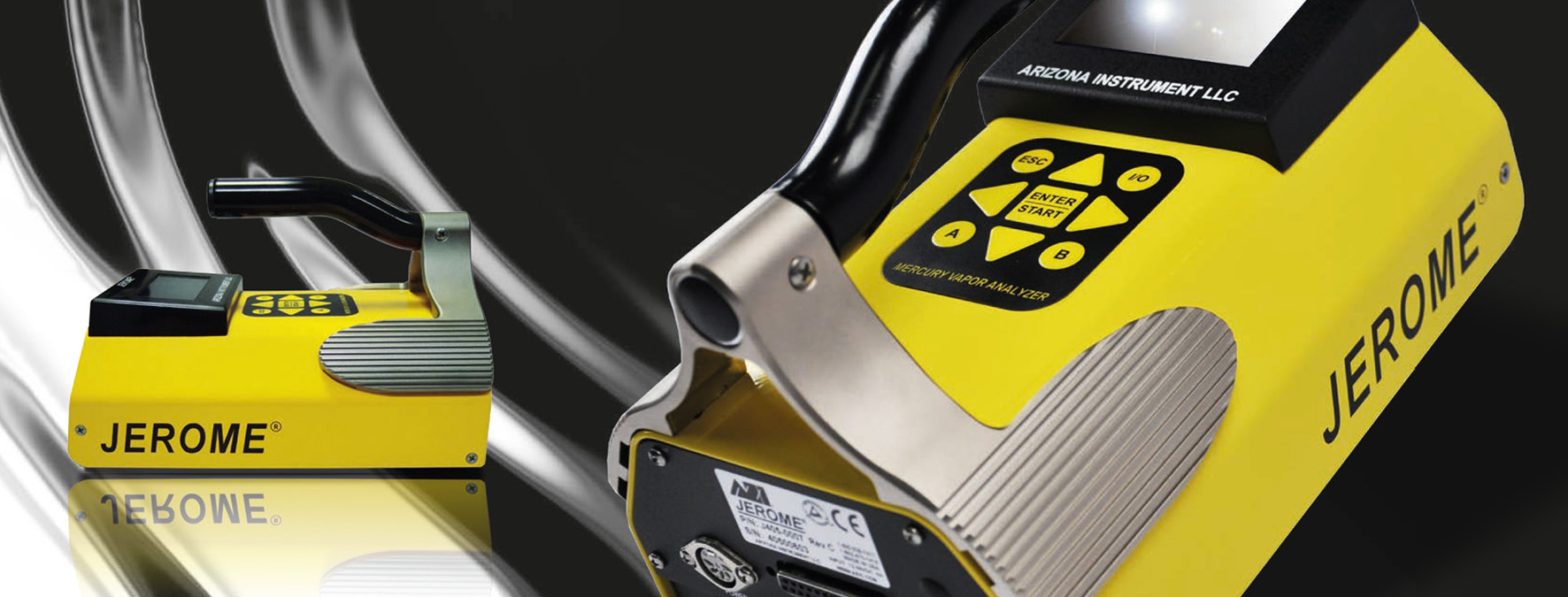News
The Presence of Mercury in Flat Panel Displays

The presence of mercury in flat panel displays (FPDs), such as laptop monitors and LCD TVs, has brought into focus prospective health and safety issues when considering the WRAP (The Waste Resources Action Programme) commissioned study into the technical and commercial potential for recycling the items.
The research, which was carried out by environmental consultancy Axion Consulting, aims to help WRAP identify viable recycling outlets. However, due to an increased uptake in items, WRAP anticipates that the number of FPDs in the WEEE waste stream will rise “dramatically” (It is considered that there will over 145,000 tonnes of flat panel displays in the waste stream by 2018) in the next few years bringing pressure to automate suitable commercial recycling processes in the UK and Europe.
In particular the study looked at the presence of mercury in the cold compact fluorescent light in the ‘backlighting’ system for LCD TVs, laptop computers and desktop monitors. The existence of this mercury means that end-of-life FPDs are classed as hazardous waste.
The conclusion of the WRAP study highlighted that employees at an FPD recycling facility would be subjected to levels of mercury “higher than is acceptable”. However, it suggested that this could be reduced with personal protective equipment and local extract ventilation.
Mercury is extremely toxic, with inhalation of the vapour producing harmful effects on the brain, nervous, digestive and immune systems, lungs and kidneys. Mercury poisoning can result in several diseases, including acrodynia (pink disease), Hunter-Russell syndrome, and Minamata disease. Symptoms typically include sensory impairment (vision, hearing, and speech), disturbed sensation and a lack of coordination. The type and degree of symptoms exhibited depend upon the individual toxin, the dose, and the method and duration of exposure.
Humans are mainly exposed by inhaling vapours. These are absorbed into the body via the lungs and move easily from the bloodstream into the brain. However, when elemental mercury is ingested, little is absorbed into the body.
ABLE’s Jerome J405 gold film Mercury vapour analyser delivers highly accurate, repeatable and specific measurements, down to 0.5µg /m³ Hg. Jerome series analysers are used extensively throughout the electrical waste recycling industry as well as by government agencies and regulatory bodies such as the EA, Natural Resources Wales, SEPA and the HSE.
The Jerome J405 can be utilised for mobile monitoring work and also for fixed-point analysis in key locations. Users typically monitor in key processing areas with personnel access and within extraction systems, to verify filter efficiency. On-board alarms can be configured to Public Health England’s guidelines for air quality, which recommend exposure limits of 1 µg/m³.
The Jerome J405 combines the industry proven performance of its predecessor (the Jerome™ 431), with several new features. These include USB connectivity, onboard data logging, extended battery life, a lower detection limit and improved resolution. Its intuitive display and menu system aid operation by personnel with only very minimal training.
Results can be output live to a plant control system and the analyser’s 20,000 data-point storage capacity also provides excellent traceability on results, with time and date stamping.